During an industrial control systems hacking challenge, a Dutch team won $40,000 for cracking tech used to control the power grid.
Category: energy – Page 215
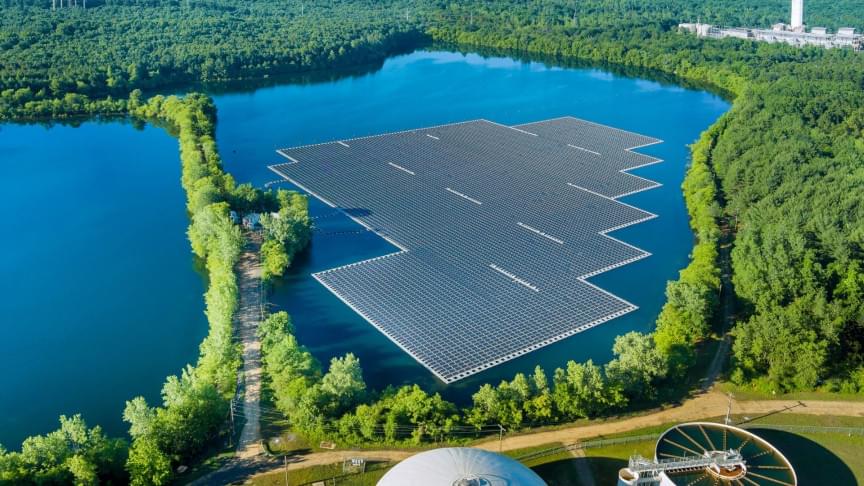
High-flying kites could power your home with wind energy
Kitekraft discusses airborne wind turbines as well as the sustainability of kite-powered systems that are lightweight and have a lower carbon impact.
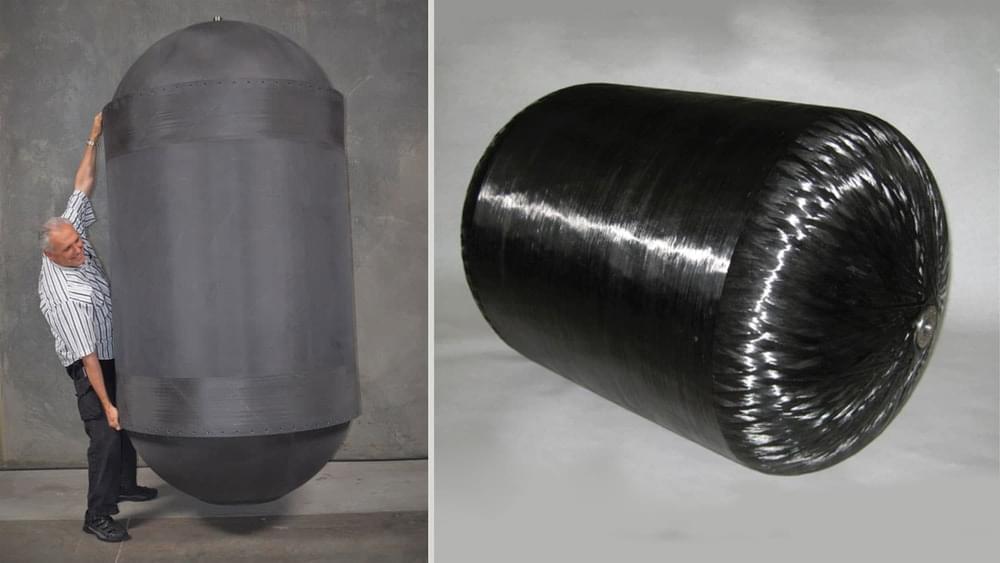
HyPoint extends hydrogen flight range with new ultra-light fuel tanks
BHL Cryotanks have demonstrated a 75% mass reduction compared to existing state-of-the-art aerospace cryotanks (metal or composite), enabling hydrogen aircraft and eVTOL makers to store as much as 10 times more liquid hydrogen fuel without adding mass. As a result, aircraft can travel longer distances without refueling.
GTL has fabricated and tested multiple BHL Cryotanks at a range of scales and has been demonstrated to be leak-tight even after repeated cryo-thermal pressure cycles. This technology has achieved TRL 5+ and is compatible with a variety of cryogenic propellants, including liquid oxygen, liquid methane, and liquid hydrogen.
The BHL Cryotank pictured here measures 2.4 meters long with a 1.2-meter diameter and weighs 12 kilograms (roughly 26 pounds). With the addition of a skirt and vacuum dewar shell, the total system weight is 67 kilograms. This particular tank system can hold over 150 kilograms of liquid hydrogen, giving it a hydrogen storage ratio of at least 50% (the weight of stored hydrogen fuel relative to total system weight), which is as much as 10 times greater than current state-of-the-art fuel tanks. HyPoint estimated that an aircraft equipped with GTL dewar tank technology could achieve as much as four times the range of a conventional aircraft using aviation fuel, cutting aircraft operating costs by an estimated 50% on a dollar-per-passenger-mile basis.

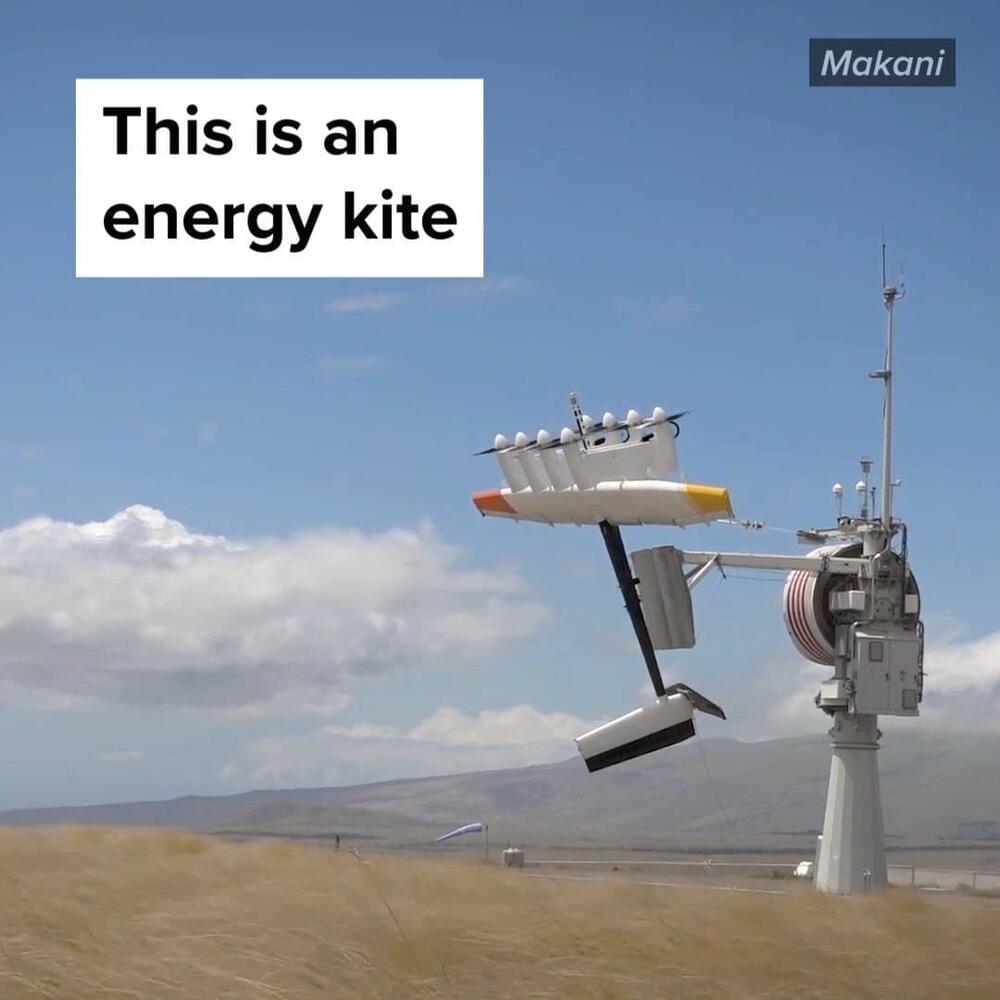
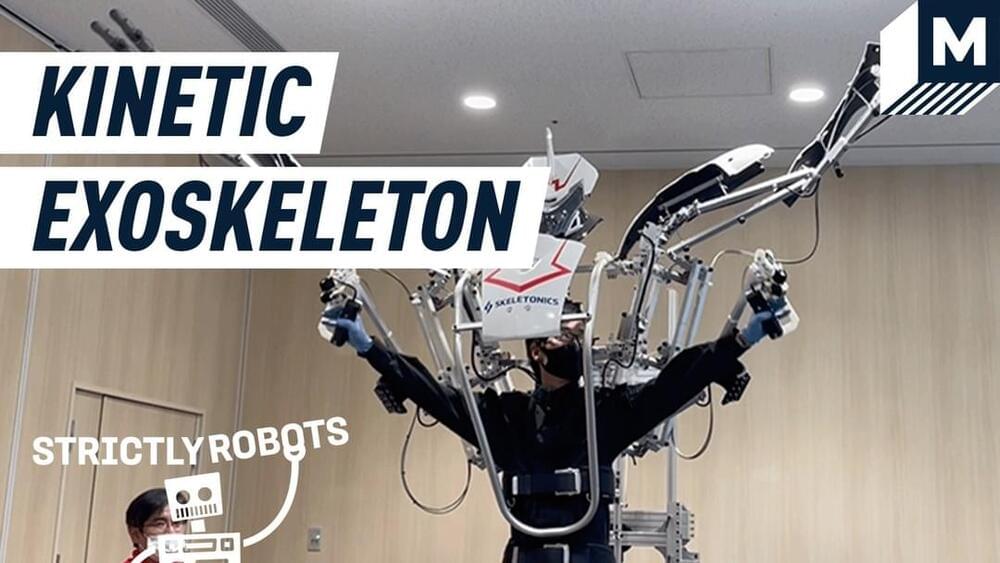
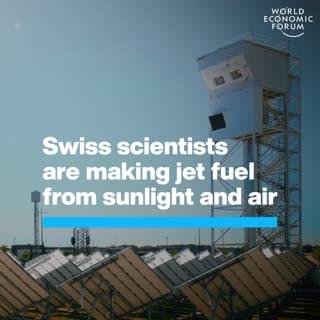
This jet fuel is 100% carbon-neutral
Find out more about it: http://ow.ly/keaI50Ix79G


TEF Design creates living wall for San Francisco substation
A lush green wall and back-lit fibreglass panels are found on the exterior of an electrical substation extension that was designed by TEF Design to achieve net-zero energy consumption.
Owned by the utility company Pacific Gas and Electric, the Larkin Street Substation Expansion is located on a mid-block site in the city’s Tenderloin neighbourhood. It adjoins a concrete structure built in 1962 to supply power to the northeastern part of San Francisco.
For the constrained site, local firm TEF Design conceived a two-storey addition that totals 12,200 square feet (1,133 square metres). The extension rises 50 feet (15 metres) at its highest point.